-
Wyślemy: tomorrow
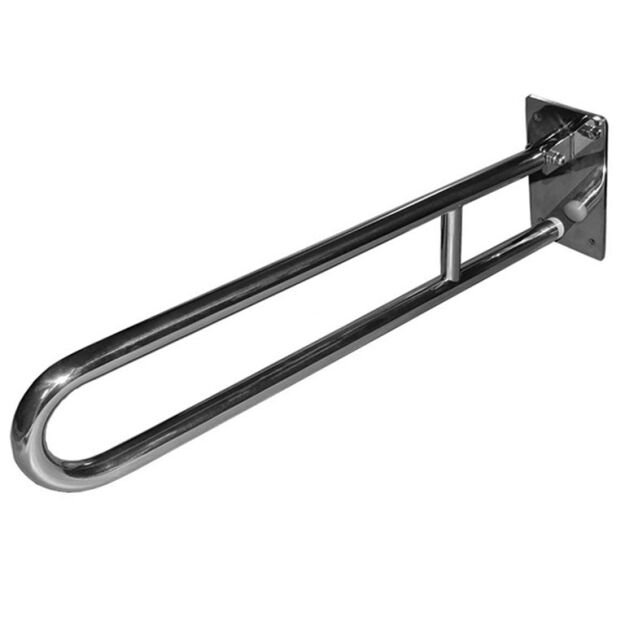
-
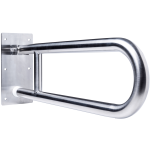
-
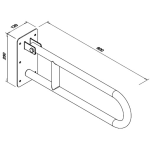
-
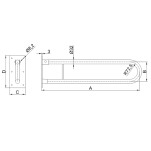
Removable handrail for disabled 600 mm
- Kod produktu: 32UUWC6SNP
- Manufacturer: Faneco
-
Availability:
Product available.
- Add feedback:
-
Watch the product:
- €97.65 €105.46 gross
- szt.
Order now, we will send today!
Today's shipment is available for only:
Place your order now, we will send your wares in:
tomorrow o 2:00 PM Wednesday (25 December) o 2:00 PM 1 pcs. in stock, shipping: tomorrow o 2:00 PMdziśNa skróty:
Parameters
Handrail for the disabled
- Material: stainless steel
- Finish: gloss
- Dimensions: 600 x 150 x 120 x 250 mm (A/B/C/D)
- Handle length: 600 mm
- Pipe diameter: Ø 32
- Steel thickness: pipe 1.5 mm, bracket 3 mm
- Horizontal installation
- Installation with expansion bolts (12 x 80 mm) and double-thread screws (8 x 90 mm)
- Mounting kit included
- Maximum load: 120 kg
- Warranty: 10 years
- Certified by PZH
- by the toilet
- by the sink
Tilting arch handrail for disabled people, 60 cm long, made of polished stainless steel, intended for wall mounting in a horizontal position. This washbasin railing is perfect for bathrooms and toilets for disabled people. The handle is certified by the National Institute of Hygiene.
In order for disabled people to be able to freely use the bathroom and toilet, certain facilities must be introduced there. The shower area should include a shower seat and a shower holder, and if the bathroom has a bathtub, appropriate accessories will include a bathtub holder and a bathtub seat.
Disabled handrails should be installed at the washbasin and at the toilet, thanks to which a disabled person will be able to use the toilet independently. Bathroom handles for disabled people should be made of stainless or carbon steel. We recommend purchasing only handles for disabled people with the National Institute of Hygiene certificate.
The bathroom equipment for disabled people that we offer in our store has the necessary safety and quality certificates. It is also worth knowing that toilet equipment for disabled people is subject to a lower VAT rate of 8%.
| Download | Description | Download |
|---|---|---|
 Product card (printable) Product card (printable) |
Ask a question about the product. Our team will be happy to provide a detailed answer to your inquiry.

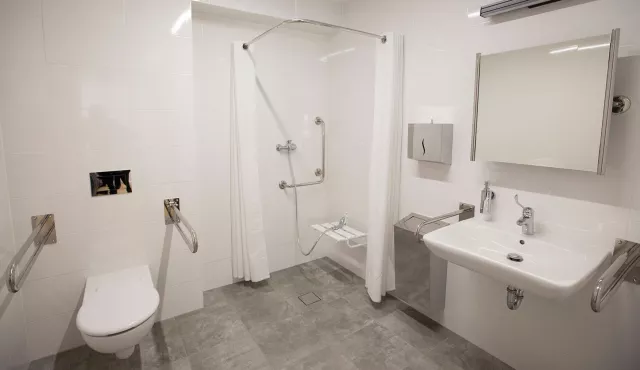
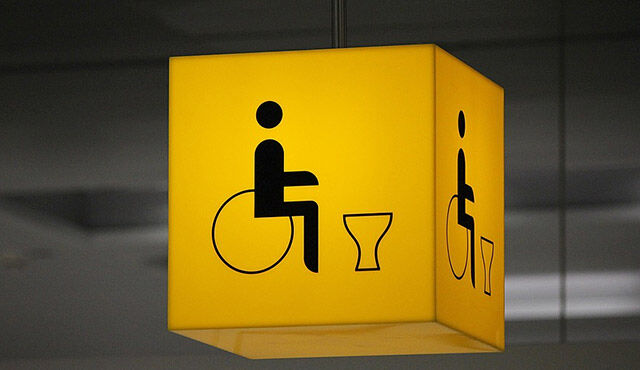
 Polski
Polski
 Czech
Czech
 German
German
 Spanish
Spanish
 Slovak
Slovak